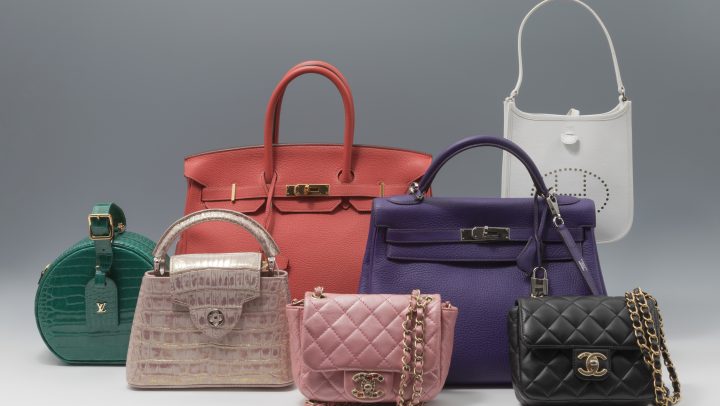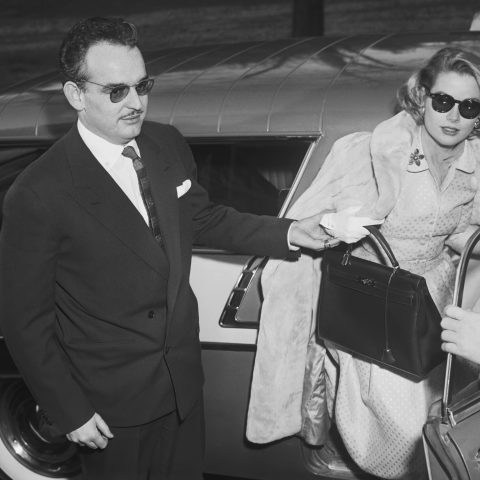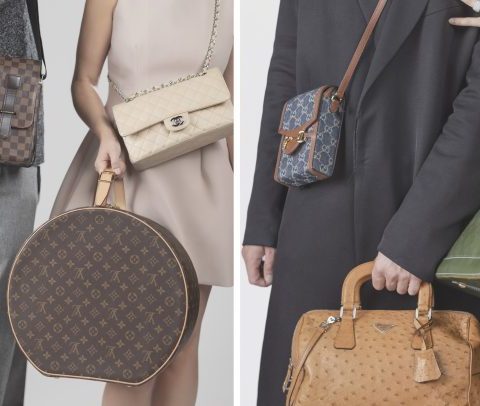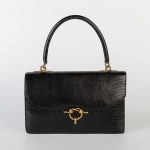Resale is on the rise and has been for some time. According to a study by Bain & Company, the luxury secondary market grew 65% from 2017 to 2022, with no signs of slowing down. Some even predict that resale, in this field, may even surpass retail.
The consumer has now gained confidence and security in buying pre-owned luxury goods in a way that was never expected before
So we talked about the attractiveness and importance of luxury resale and why everything “old” can be “new” again.
Quality parts made to last
Luxury is synonymous with quality, and quality promises longevity. Many high-end fashion garments are hand-sewn by specially trained craftsmen and are made from the finest materials. Unlike fast fashion, they are built to last, and these quality items can be staples in a closet forever.
More than ever, consumers are choosing to invest in key pieces that will last longer and become part of their arsenal and fashion vocabulary for the long term.
When you buy vintage luxury at Setdart, you are selecting an item that has been cared for by its previous owner, but also examined by a team of experts, guaranteeing its authenticity and quality.
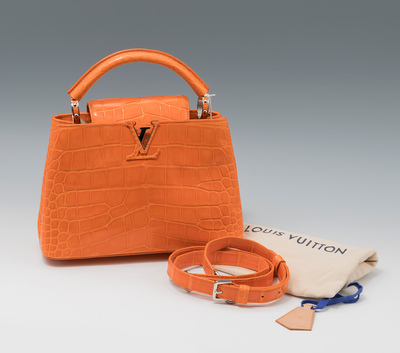
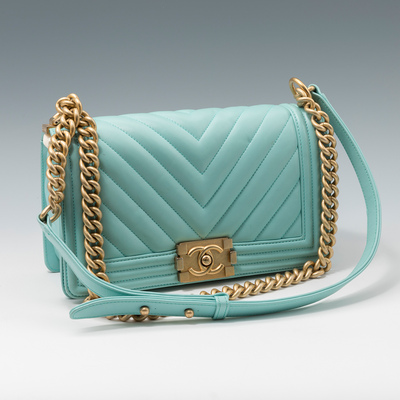
Reducing carbon footprint
The fashion industry is one of the biggest contributors to carbon emissions problems, so luxury goods, made with higher quality materials, have more durability and are therefore more sustainable, a key aspect for many to choose to buy luxury goods instead of fast or disposable fashion.
Fast fashion” consumes large amounts of water and energy and can also pollute through the dyes and pesticides used in textile manufacturing. All this has a negative impact on the environment and its fragile ecosystems.
When buying for resale, consumers limit their environmental impact by transporting an item from one place to another. Because they are built to last, they can also be resold, contributing to a more sustainable way of buying and selling.
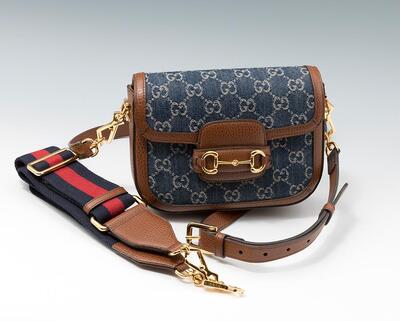
Participating in the circular economy
The circular economy is an essential element of sustainable living, helping to conserve finite resources and limit greenhouse gas emissions.
Buying second-hand is not only a positive environmental decision but also a beneficial economic choice. Instead of a single transaction between supplier and consumer, the resale market allows for multiple transactions of the same item, stimulating the economy and extending the life cycle of that particular item. This extension is also a benefit for the environment, as it not only reduces the carbon footprint, but also keeps these garments out of landfills.
This marriage of environmental and economic reuse is called the circular economy and prevents materials and resources from becoming waste, while promoting sustainable economic growth.
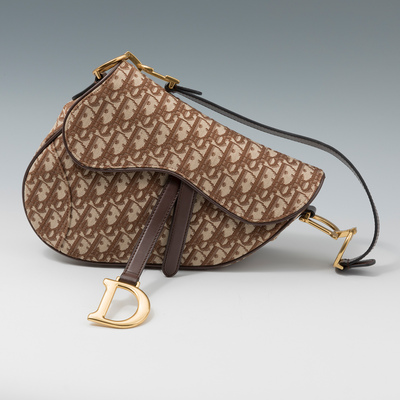
Choose from a wide variety of designs, including rare and limited edition styles.
As fashion houses introduce new collections, some models are withdrawn or discontinued. When buying at resale, the consumer can choose from a wide selection of vintage designs and styles. This means having access to limited editions, discontinued colors and rare pieces that are no longer available from the brands themselves.
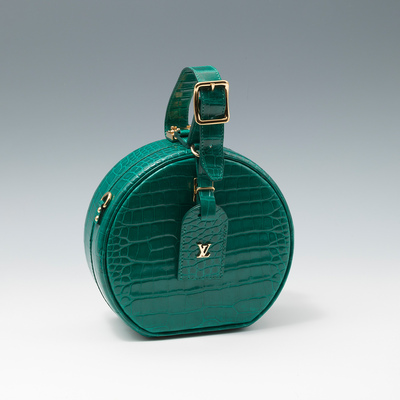
The consumer now looks at designer pieces and compares the purchase of a new item to that of a used one. This reality is, at the very least, a revolutionary way of acting.
When considering what to buy, a consumer/collector may be attracted to the resale market because of its wide range of offerings. In many cases, the only way to get hold of a particular accessory is second hand, which often increases the value of the market as a whole.
Creating an offer of second-hand luxury goods is not easy. In Setdart we always seek to offer, in this category, luxury items and classic pieces, always looking with collector’s eyes and this is what differentiates us from many stores that are dedicated to selling second hand items, in general. A perfect example of this trend are the Hermès bags. Hermès accessories are among the most coveted by consumers and collectors and the value the brand achieves in the long-term investment arena is steadily growing. In 2020 the value of a ‘maison’ handbag increased by 13%, far outpacing the 6% growth in vintage stamps and the 5% growth in art.

Invest in timeless fashion
Trends come and go but Setdart focuses in its auction of vintage items or luxury products on timeless pieces that are always in fashion, we bet on the star products of different brands. What we always do when selecting an item to offer at auction is to look at the provenance of the piece, the value of the brand, its culture and how it is evolving in the market.
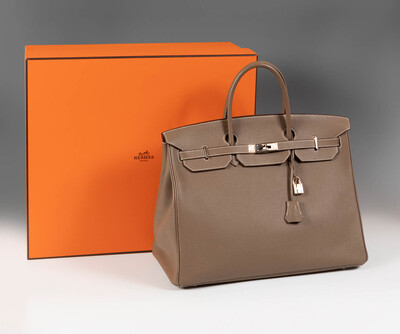
Collectibles can be considered as an investment. Many collectors keep new items in their original boxes, as incredible pieces that are never worn and it is in these cases that we can offer them to the market as “new” second hand pieces.
If you have a garment that has been in your closet for 10 to 20 years and is from a luxury brand, it is almost certain that we can achieve a revaluation. Therefore, we encourage you to consult with our experts who will advise you on the sale of your luxury goods.

